The fragile business of French art
In 18th-century France, an emerging consumer society created a new kind of buyer and encouraged artists to look to the short-term
How national is the National Gallery in London?
The museum is founded on the collection of John Julius Angerstein and, 200 years later, the banker’s taste is still making itself felt
How Peter Blake makes his sculptures Pop
The artist has always combined high and low culture, and an exhibition at Waddington Custot captures his witty approach to assemblage
Rocks of all ages: a guide to collecting marble, reviewed
Jan Christian Sepp’s guide to the visual and geological properties of marble will whet the appetite of the modern readers too
A continental breakfast worth tucking into twice
Jean-Étienne Liotard depicted the same scene first in pastel, then 23 years later in oils – and both versions can be savoured for a time at the National Gallery in London
The painters who made a great play for the stage
An understanding of theatrical culture in the 18th century is vital for understanding the most important painters of the period
The ballet that woke up post-war Britain
Oliver Messel’s rococo sets for ‘The Sleeping Beauty’ at the Royal Opera House represented a new dawn for dance
Crowd-pleasing art in 17th-century Amsterdam
Aside from the usual refreshments, the city’s taverns offered a highly engineered form of popular entertainment
What the Victorians liked to hang on their walls
Thanks to mass production (and reproduction), in the 19th-century some middle-class homes began to resemble miniature picture galleries
The English oddballs who cultivated their very own gardens of Eden
In ‘English Garden Eccentrics’, Todd Longstaffe-Gowan introduces us to a gallery of historical horticulturists, all determined to create their own private paradises
Think pink with Madame Pompadour!
An extremely close look at François Boucher’s portrait of the marquise in the Fogg Museum at Harvard homes in on the painter’s use of his signature colour
The architect whose greatest achievement was the world’s first miniature village
Wolf’s Cove, the model village in Gloucestershire designed by Charles Paget Wade, is proof of the architect’s commitment to creating ideal communities
The rococo interiors that furnished Walt Disney’s imagination
The French furniture that inspired the look of Disney’s best-loved films also came out of a studio system that required a good deal of collaboration
How every age has invented a Stonehenge to suit itself
The prehistoric monument may seem timeless, but enthusiasts have constantly reimagined the site to suit their own preoccupations
How Fabergé cornered the market in gifts for the Edwardian elite
The firm of Fabergé is synonymous with the Russian Imperial family, but its fabulous baubles soon became a must-have for elites across Europe
Louis Wain, the man who drew cats
The artist’s commercial cat illustrations were hugely popular in his lifetime, but his series of psychedelic kitties have attracted rather more serious attention
When it came to art, Hogarth had no real beef with Europe
William Hogarth liked to present himself as a bluff Englishman, but the truth was a touch more complicated
Capital gains: how Gainsborough took London by storm
When the painter finally moved to the capital, he was quick to make the most of the opportunities on offer
How Britain’s first prime minister became a sitting target for satirists
Robert Walpole was a supreme political operator – but his power and personal wealth made him a splendid butt of satire, too
By royal arrangement: Queen Mary’s compulsive collecting
Many British royals have been keen on acquiring works of art, but few have been as diligent about looking after them as Queen Mary
The battle to save London’s mulberry trees
Mulberry trees are rare in the city, yet more than one is currently under threat – including the oldest tree in the East End
Bard boy – David Garrick and the cult of Shakespeare
The actor did more than anyone to revive Shakespeare’s reputation in the 18th century – and a plethora of curious wooden relics also played their part
Getting the hang of it – a look inside the home of an 18th-century collector in Paris
An illustrated inventory made for Jean de Jullienne shows us how his paintings were displayed
Fashion forward – the dashing designs of Antoine Watteau
The artist’s fashion etchings hint at the delight in transient pleasures that is so evident in his paintings



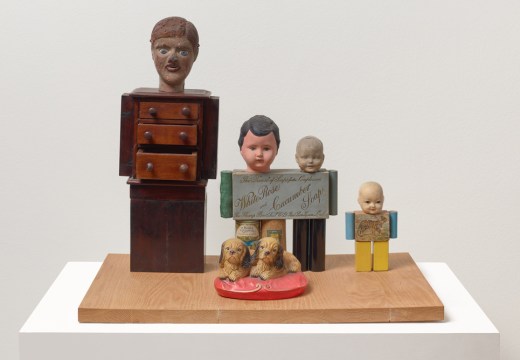

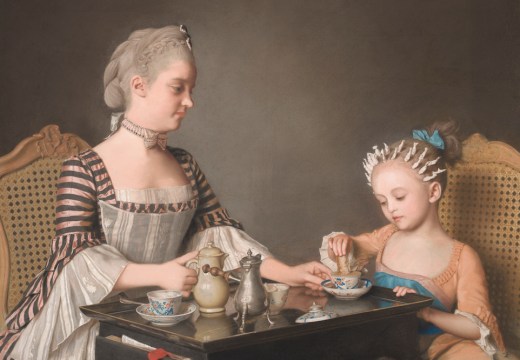

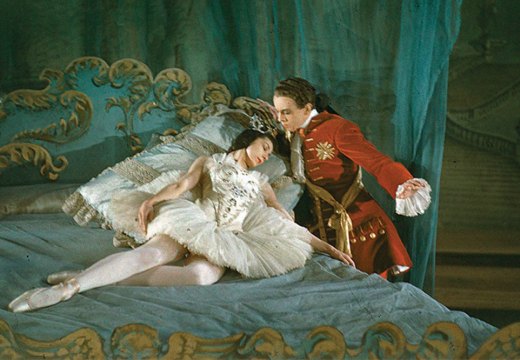
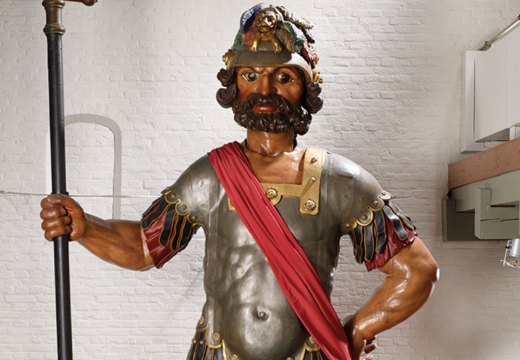
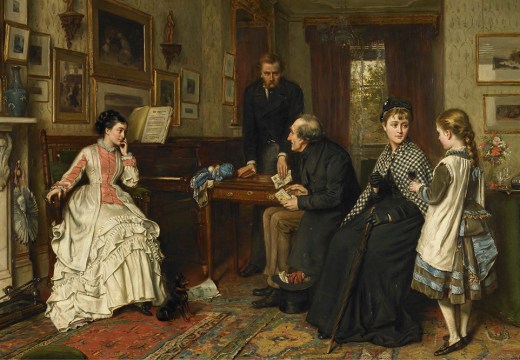
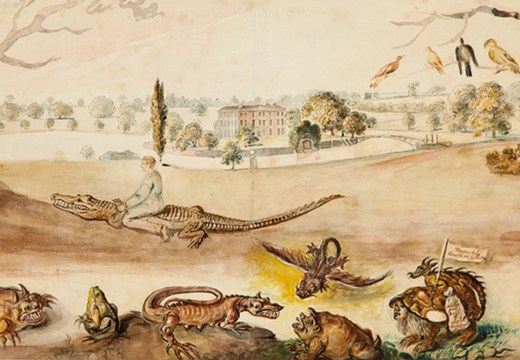
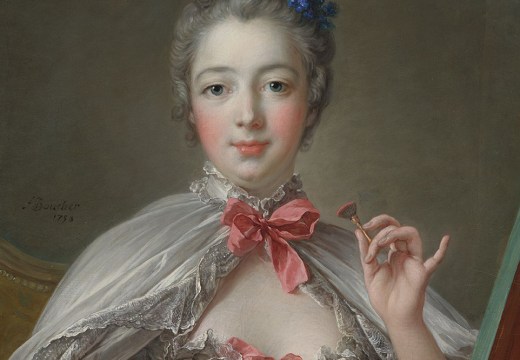
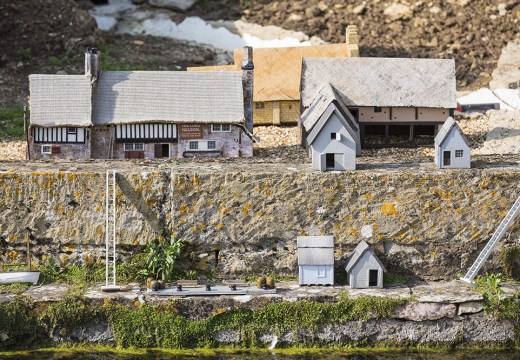
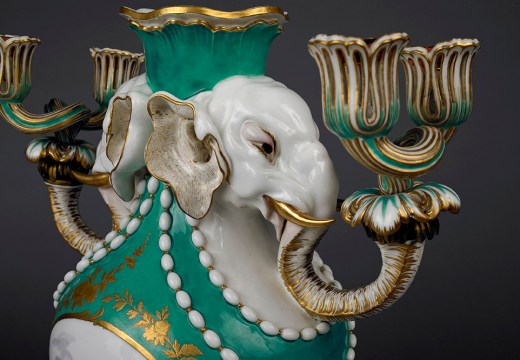
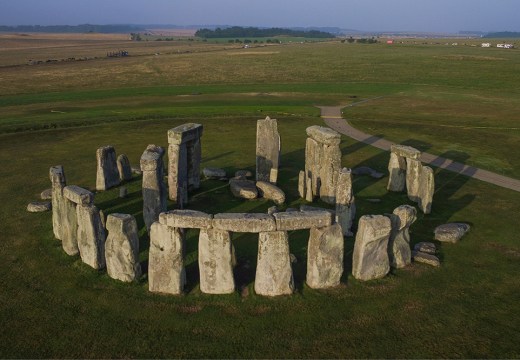
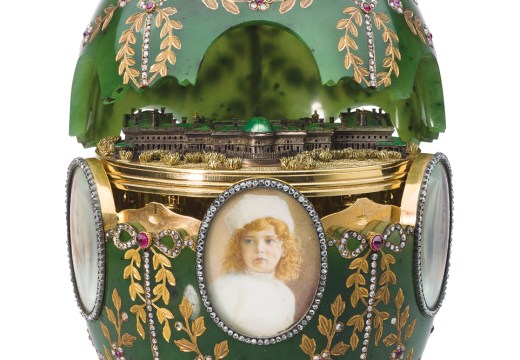
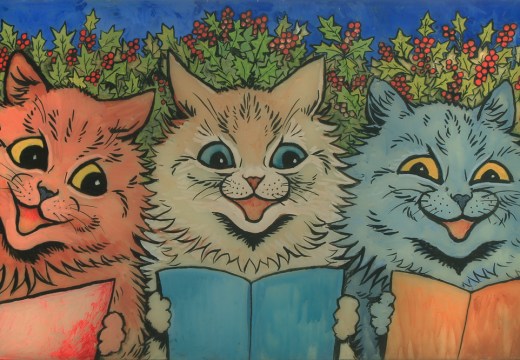
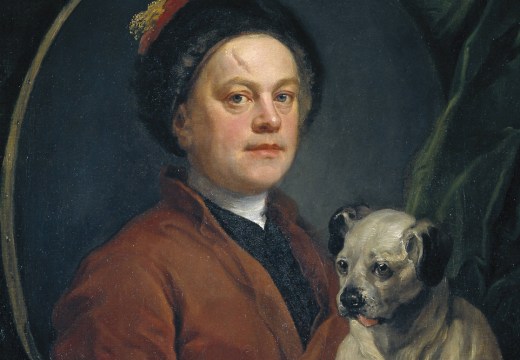
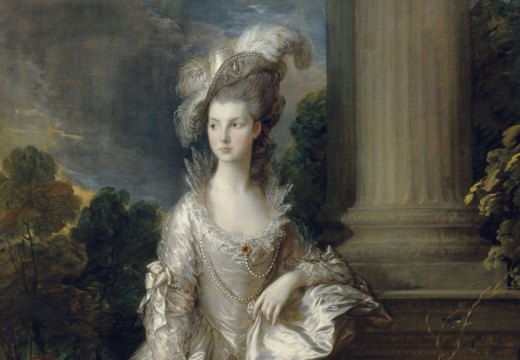
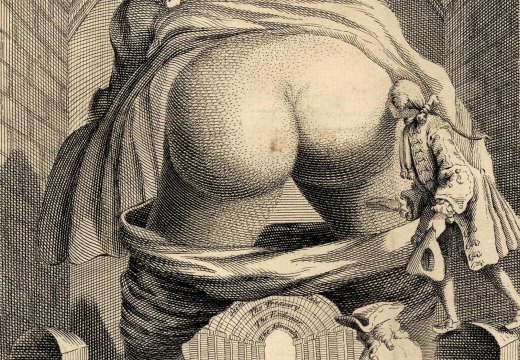

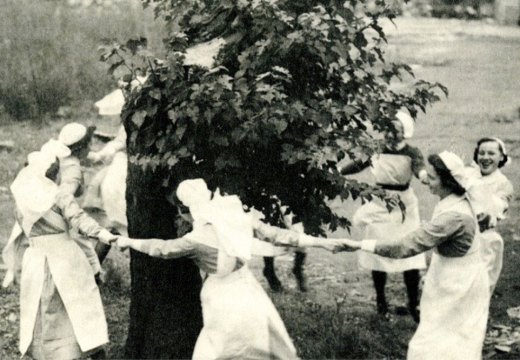
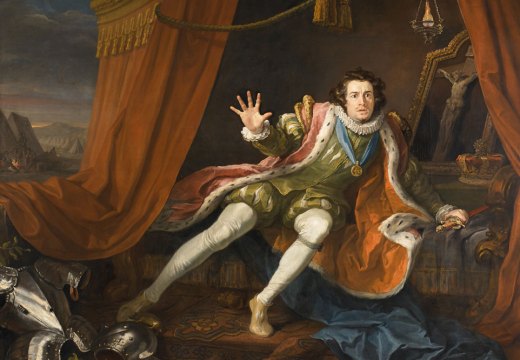
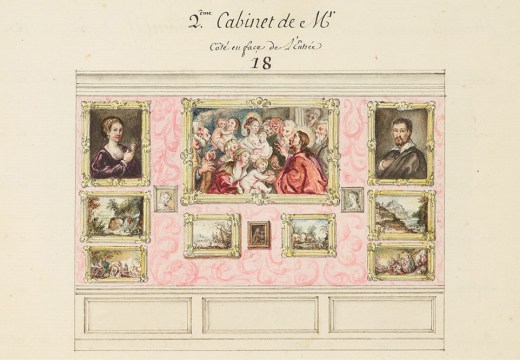
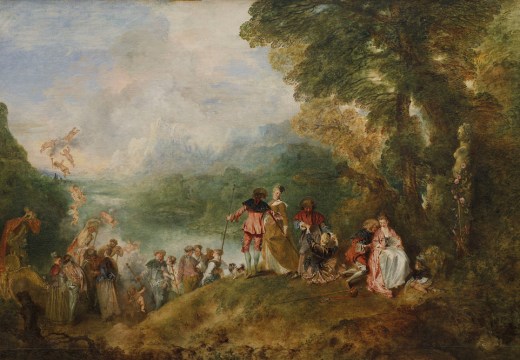









![Masterpiece [Re]discovery 2022. Photo: Ben Fisher Photography, courtesy of Masterpiece London](http://www.apollo-magazine.com/wp-content/uploads/2022/07/MPL2022_4263.jpg)
Is the Stirling Prize suffering from a case of tunnel vision?